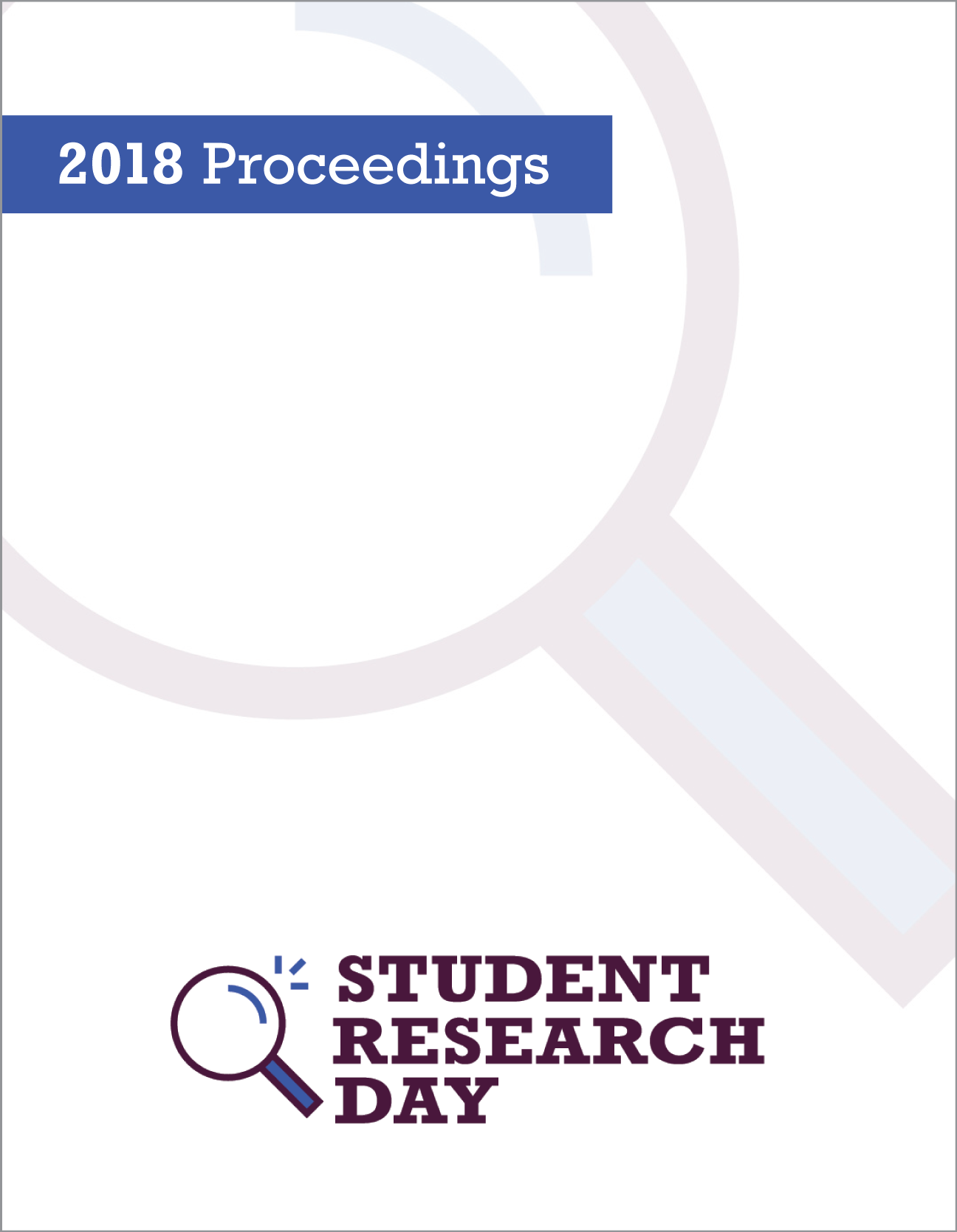Deaf Culture Identification, Cochlear Implants, and Life Satisfaction
Abstract
Cultural identification within the deaf community is a new field of research that looks at the differences in acculturation between deaf individuals. Glickman (1993) created a Deaf Identity Development Theory, constructed from the Minority Identity Development Theory, which outlines that deaf individuals either identify with the hearing community, the deaf community (immersion), both communities (bicultural), or do not necessarily identify with either (marginal). Research by Chapman and Dammeyer (2016) found that individuals identifying with either the deaf, hearing or marginal communities have significantly higher psychological wellbeing than deaf individuals identifying with neither the deaf or hearing community. Research has not looked directly at the effects of cochlear implants on the overall life satisfaction and wellbeing of these individuals and how the implants may create changes to their cultural identification. The proposed study seeks to find a link between cochlear implants, deaf cultural identification and overall life satisfaction within the deaf community and hypothesises that individuals with cochlear implants and strong culture identification will show significantly higher levels of overall life satisfaction than those who do not. Additionally, the proposed study will consist of a sample of school aged deaf children from grades 7-12 from the Alberta School for the Deaf and will include three measures: the Deaf Identity Development Scale, the Deaf Acculturation Scale and the Life Satisfaction Scale. The findings expand our understanding of deaf culture and life satisfaction within the community.
Discipline: Psychology (Honours)
Faculty Mentor: Sean Rogers
Published
Issue
Section
License
Authors retain any and all existing copyright to works contributed to these proceedings.



